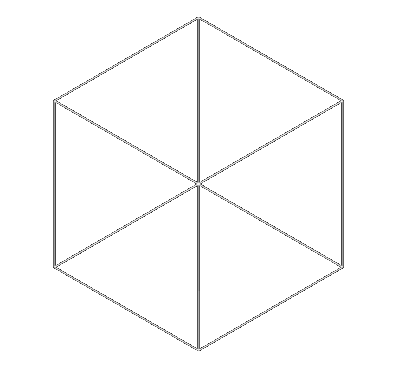Long term experience with Germany`s largest membrane filtration plant for drinking water production (7,000 m3/h)
4,90 €
Auf Lager
Artikelnummer
05399_2009_SP1_03
In November 2005 one of the largest combined coagulation ultrafi ltration plants worldwide and the largest in Germany went into operation. Its maximum capacity is about 7,000 m./h of drinking water. Furthermore, a secondary UF stage with a capacity of about 630 m./h has been used to treat the back-wash water of the first stage. The innovative plant design results from an intensive preliminary pilot period, in which several advanced concepts had been investigated. The paper reflects the long term experience with operation and monitoring of the plant over a period of about three years. Up to now expectations regarding performance in terms of permeability, retention, and reliability have been exceeded. The predicted specific treatment costs of about 10 Ct/m. drinking water were achieved or even reduced.
| Autoren | Stefan Panglisch/Walter Dautzenberg, Andreas Holy |
|---|---|
| Erscheinungsdatum | 30.06.2009 |
| Format | |
| Zeitschrift | gwf - Wasser|Abwasser - Special 1 2009 |
| Verlag | DIV Deutscher Industrieverlag GmbH |
| Sprache | English |
| Seitenzahl | 8 |
| Titel | Long term experience with Germany`s largest membrane filtration plant for drinking water production (7,000 m3/h) |
| Beschreibung | In November 2005 one of the largest combined coagulation ultrafi ltration plants worldwide and the largest in Germany went into operation. Its maximum capacity is about 7,000 m./h of drinking water. Furthermore, a secondary UF stage with a capacity of about 630 m./h has been used to treat the back-wash water of the first stage. The innovative plant design results from an intensive preliminary pilot period, in which several advanced concepts had been investigated. The paper reflects the long term experience with operation and monitoring of the plant over a period of about three years. Up to now expectations regarding performance in terms of permeability, retention, and reliability have been exceeded. The predicted specific treatment costs of about 10 Ct/m. drinking water were achieved or even reduced. |
Eigene Bewertung schreiben


